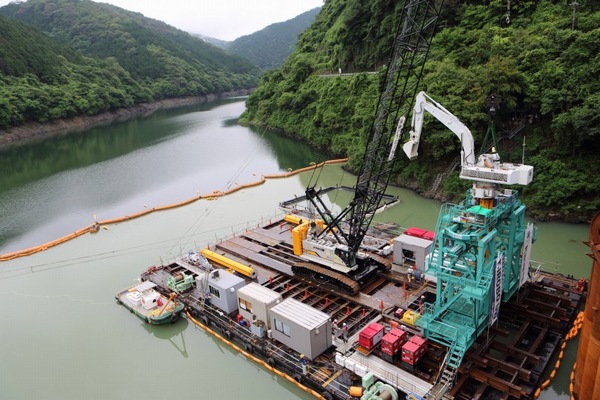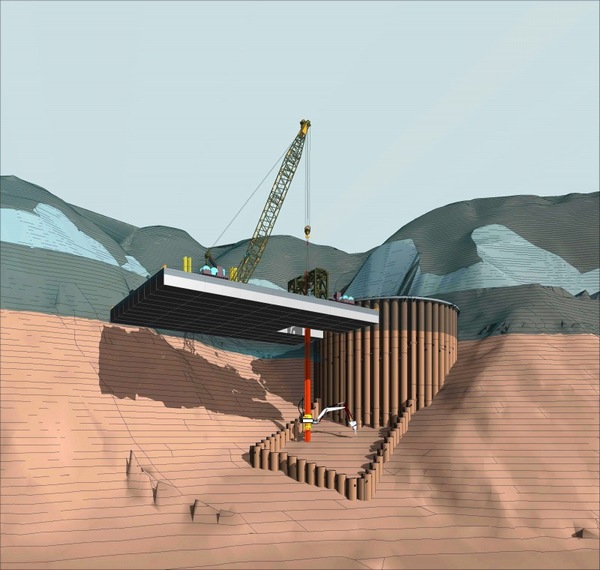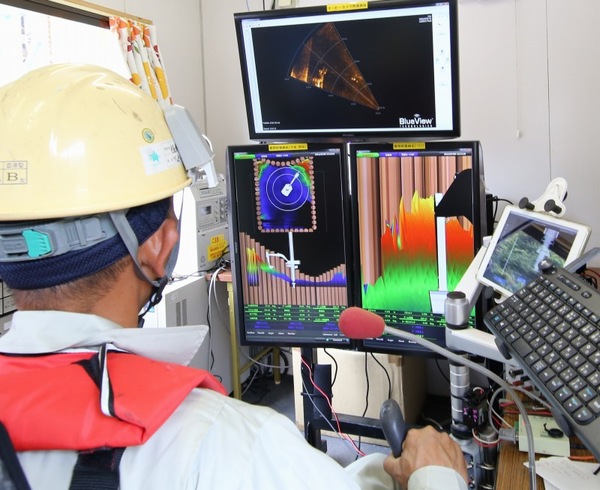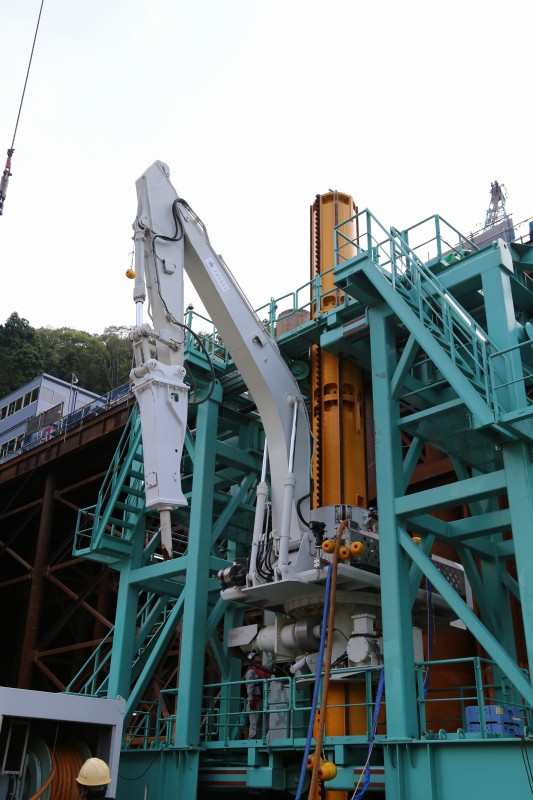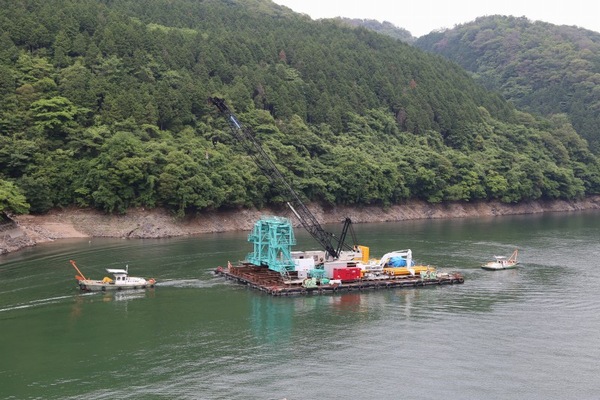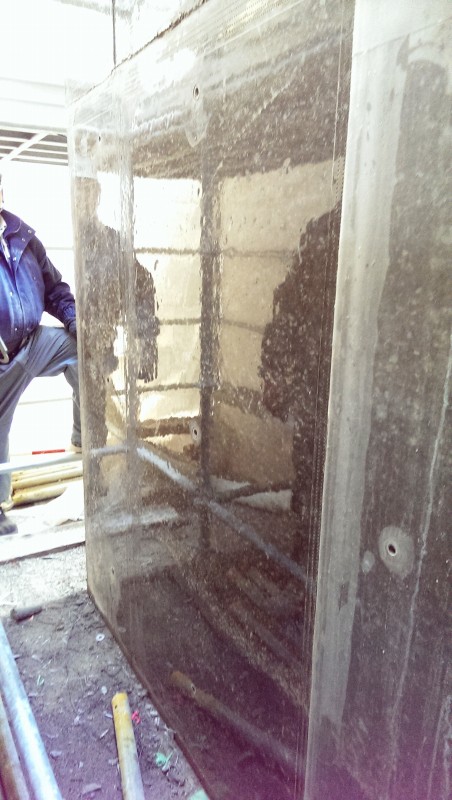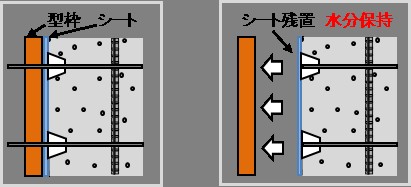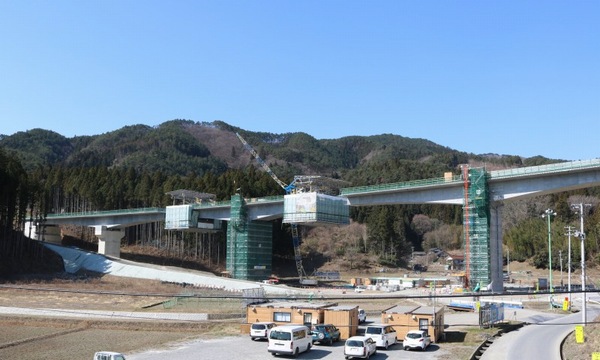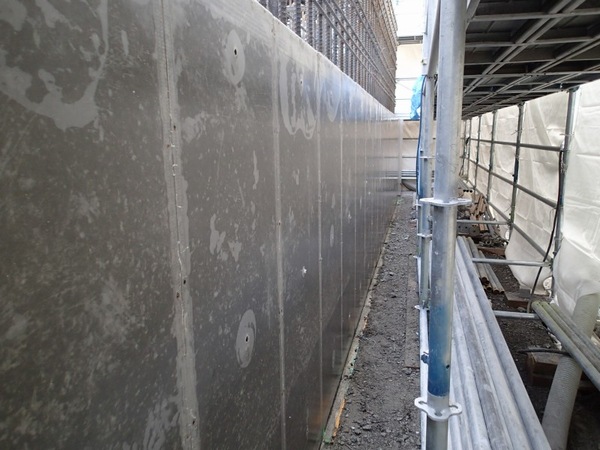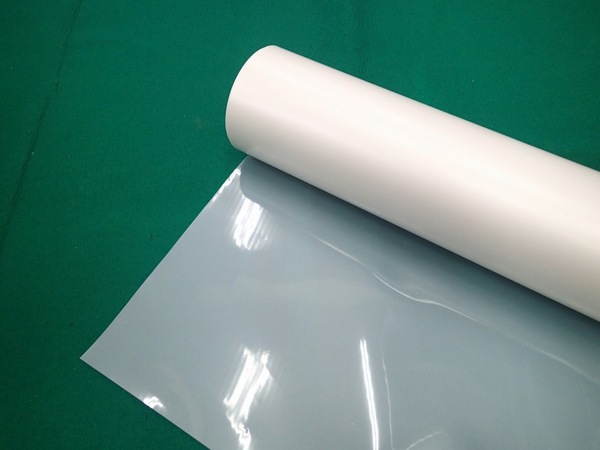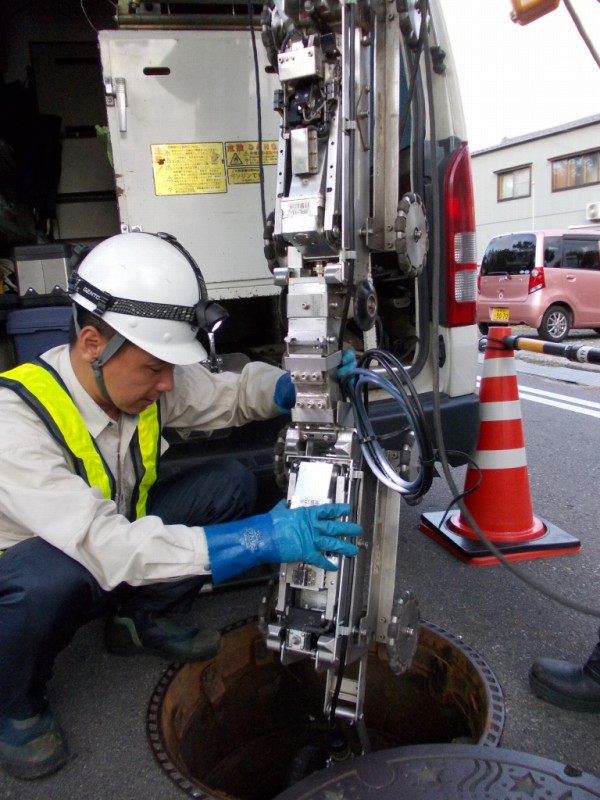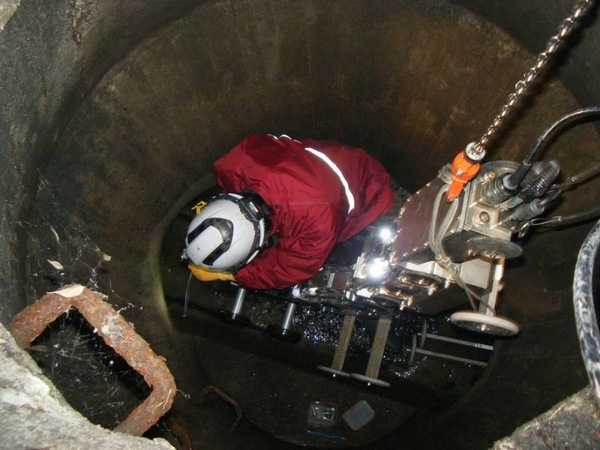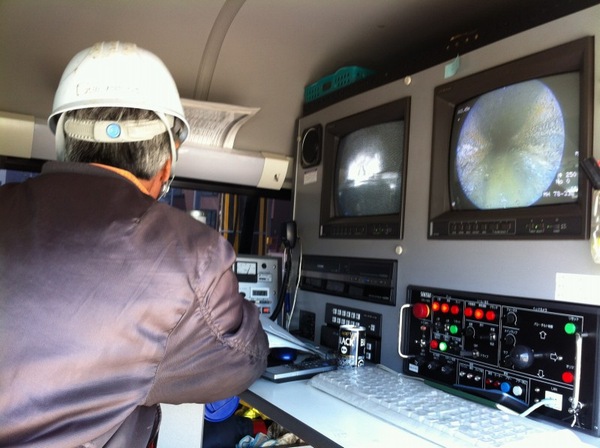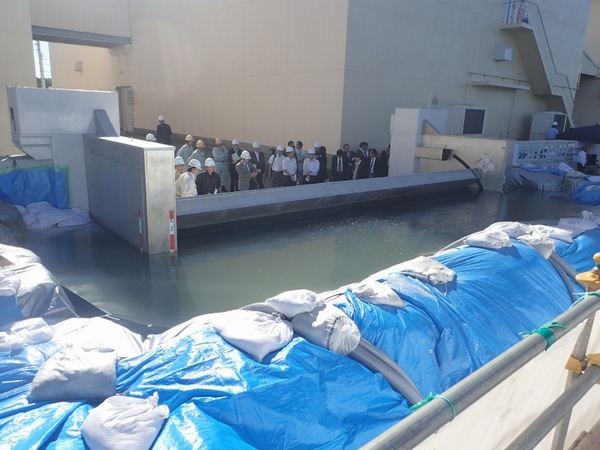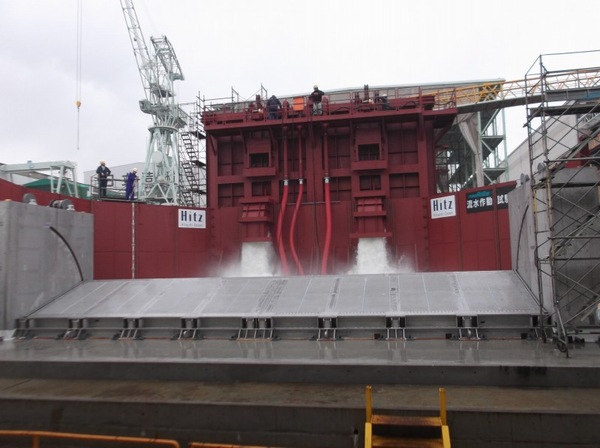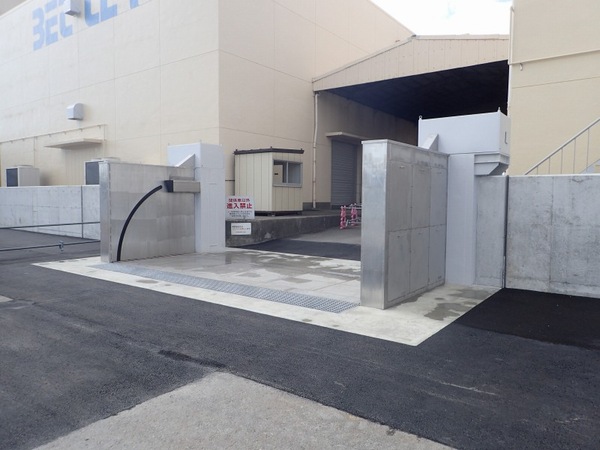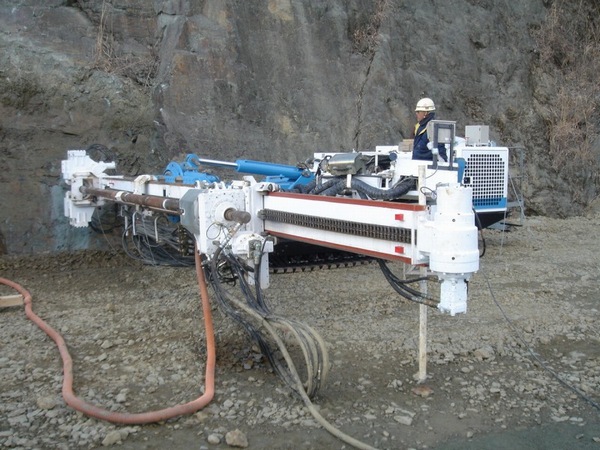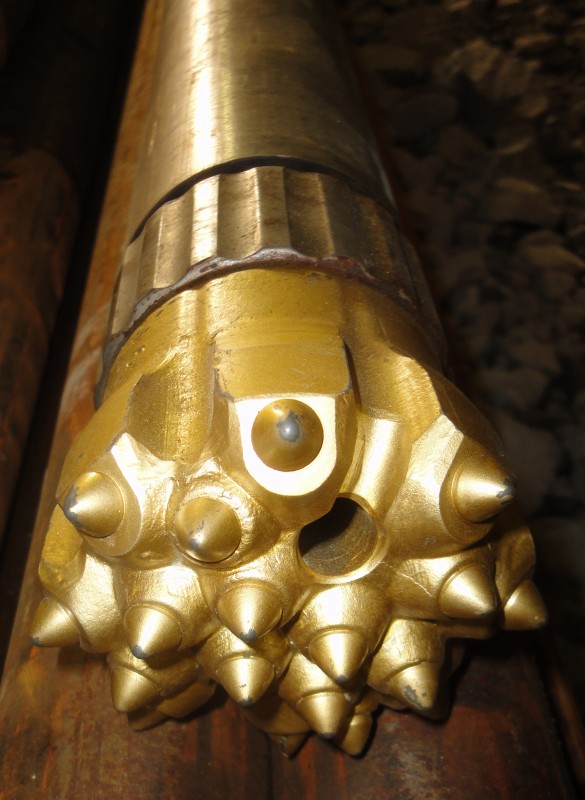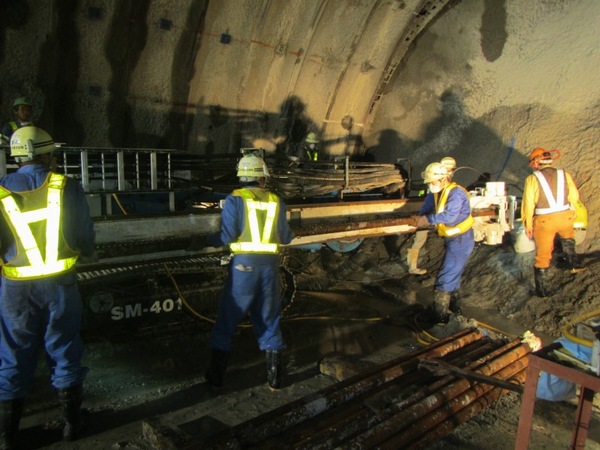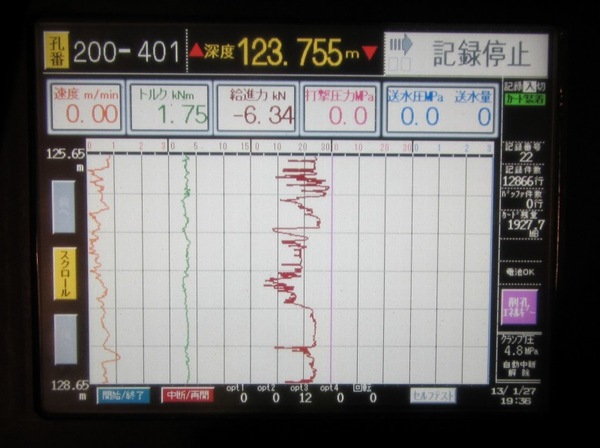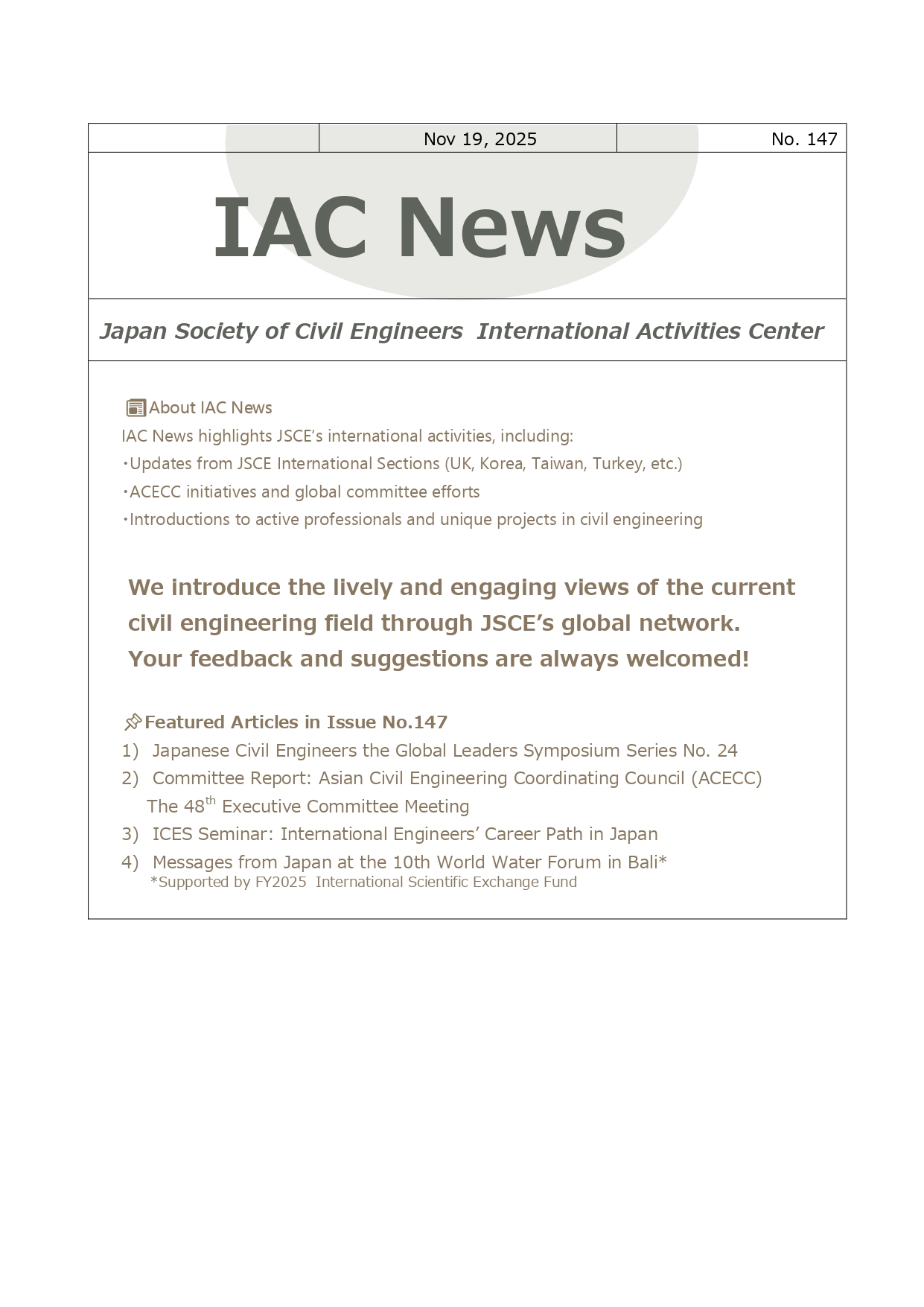2015 Innovative Technique Award
1. The Development of the Shaft-Style Underwater Construction Machine T-iROBO UW
- Taisuke Nakamura (Taisei Corporation)
- Masami Shimizu (Taisei Corporation)
- Yoshihiro Yaeda (Taisei Corporation)
- Hisashi Miura (AKTIO Corporation)
- Tsunehiko Sueyoshi (Kyokuto Construction Co., Ltd.)
Previously, the underwater excavation of bedrock is carried out by placing the excavation machinery on the temporary piers installed in advance, which precludes from observing the excavation site. As a results, diver work is required for precision work. Overall, the traditional method had the problems such as a longer construction periods and safety issues.
In order to solve these problems, the T-iROBO UW was developed and utilized in Amagase dam redevelopment project. The T-iROBO UW is a shaft-style underwater excavation machine that can be controlled remotely.
The shaft style makes it easy to obtain the coordinates of the machine. Moreover, visualization technology makes it possible to carry out work while seeing underwater.
2. Development of Long Term Curing Method Using the Water Repellent Sheet for Enhancing Surface Layer Quality of Concrete
- Noboru Sakata (Kajima Corporation)
- Kenzo Watanabe (Kajima Corporation)
- Tatsuya Nukushina (Kajima Corporation)
- Saeka Fujioka (Kajima Corporation)
- Tetsuya Ishida (The University of Tokyo)
Surface layer quality of Concrete affects durability of concrete structures, since degradation factors through the surface layer of concrete. The new curing method using the water repellent sheet” was developed to improve surface layer quality. In this method, new sheet is affixed on inner form, and after removing form, the sheet sticks to surface of concrete and cures concrete for a long time.
It was verified that the sheet curing improved the chloride interception and resistivity of carbonation due to densified cover concrete. Based on the experimental results, the sheet curing method has been applied to a bridge pier.
3. Development of deterioration diagnosis technique (Impact Elastic Wave Inspection Methods) by elastic wave for sewer RC pipes
- Toshiro Kamada (Osaka University)
- Kiyoshi Goto (Pentough Corporation)
- Satoru Ishido (Nihon Suiko Sekkei Co., Ltd.)
- Takashi Yamasaki (Rehabilitation Research Laboratory Co., Ltd.)
- Masanori Asano (Sekisui Chemical Co., Ltd.)
In general, CCTV inspection has been usually employed for smaller diameter sewer pipe. However to evaluate the pipe strength was difficult that judgment of repair or selection of renewal method faced technical challenges.
To solve these problems, Impact Elastic Wave Inspection Methods were developed as quantitative deterioration diagnosis technique.
By using this method to calculate pipe breaking load is possible that deterioration of pipe load carrying capacity and safety factor on buried condition is obtained.
On the basis of these parameters, judgment of repair and selection of renewal method is reasonably conducted. This technology strongly contributes to the maintenance of infrastructures.
4. Development of Flap-gate type Seawall for Tsunami and Storm Surge Protection
- Osamu Kiyomiya (Waseda University)
- Hajime Mase (Kyoto University)
- Kyoichi Nakayasu (Hitachi Zosen Corporation)
- Akihiko Yahiro (Coastal Development Institute of Technology)
- Masayoshi Sano (Ministry of Land, Infrastructure, Transport and Tourism)
Large scale flood disasters caused by tsunamis, storm surges, or heavy rains have been frequently happening in the world in recent years. Many people operated a floodgate and lost their life in case of the Great East Japan Earthquake. This matter will be the big problem when making future's disaster prevention plan.
We developed flap-gate type seawall. It rises up automatically due to its own buoyancy by inundation. It can protect a target area against the inundation without power machineries and human operation, and it also means easy maintenance and low risk of product failure. This technology will contribute to coastal flooding prevention and mitigation.
5. Development of Rapid Non-core Drilling Exploration System with Water-powered Down- the-hall Hammer
- Goro Iwata (OBAYASHI Corp.)
- Satoshi Ito (OBAYASHI Corp.)
- Arisa Saito (OBAYASHI Corp.)
- Yusuke Kinomura (OBAYASHI Corp.)
- Takashi Toshiba (Japan Foundation Engineering Co., Ltd.)
Rapid Non-core Drilling Exploration System is a technology for geological investigation ahead of tunnel face, which can grasp accurate information of rock mass more than 150m ahead within 8 hours. This system is comprised of original drilling device and data analysis process to predict geological condition. Original drilling machine with water-powered hammer and long guide-cell, enables rapid and long distance drilling. And the precise evaluation of geological condition is achieved by newly devised index calculated from drilling data.
The effectiveness and reliability of this system is already proved in several tunnel projects, and this system is expected to contribute to rapid and rational tunnel construction.

